If you think closely, in your immediate group of friends, family, or loved ones, you would know at least one person, who has a lifestyle-related issue. We’re living in a time when a large number of us have new eating habits, sedentary jobs, and lifestyles that often lead to a lot of imbalance in the normal functioning of our bodies. These imbalances have long-term effects on our endocrine system which ultimately leads to an inability to maintain a state of homeostasis.
“Homeostasis, any self-regulating process by which biological systems tend to maintain stability while adjusting to conditions that are optimal for survival. If homeostasis is successful, life continues; if unsuccessful, disaster or death ensues. The stability attained is actually a dynamic equilibrium, in which continuous change occurs yet relatively uniform conditions prevail.” – The Editors of Encyclopaedia Britannica
It is important to present the above statement here because we often forget that we need to strive towards balance, and try to bring a sense of equilibrium back into our bodies. In the context of women, hormonal imbalances translate into problems such as PCOS (Polycystic Ovary Syndrome, weight gain, strong Premenstrual syndrome (PMS), lower fertility etc. Women go through experiences such as pregnancy and menopause which lead to spikes in hormonal levels. This surge of hormones can create a lot of discomfort and often lead to other complications as they continue.
Having said the above, women’s hormonal health often goes hand-in-hand with being able to manage stress, anxiety, and overall mental health.
We can safely say, that what steers the ship of a woman’s bodily health, is her hormones. Hormones are released from glands in your endocrine system. They tell your body how to breathe and how to expend energy. To explain this further, I will briefly explain how our bodies are governed by our hormonal balance.
For the sake of this article, we will look at the three key hormones that play vital roles in regulating women’s health:
- Androgens: Androgens are made from cholesterol and are produced in the adrenal gland and the ovaries. Women and people with cycles who have higher levels of androgens than normal can experience symptoms like excess hair growth, acne, irregular or absent periods, and infertility.
- Progesterone: Progesterone is the major hormone that promotes pregnancy.
- Estrogen: Estrogen is the most famous sex hormone in women and people who menstruate. It is made from cholesterol (a type of fat molecule) within the body. You can read a little more on each of the above hormones here.
So where do mushrooms come into the picture?
Mushrooms have been viewed as therapeutic in ancient Chinese cultures and had their diversity explored thoroughly for various ailments and treatments both topically and internally. It’s no surprise then that mushrooms can be incredible for women’s health. And while, these have been recorded through history, and have their roots more firmly in Traditional Chinese Medicine (TCM), — studying them with controlled methodologies is important.
As a disclaimer – what works in our own bodies must have a combination of our own medical history, what our doctors have recommended, and should intuitively work with our bio-feedback. Just as in India, we uncovered some of the potential healing benefits of Ayurveda, we must owe credit to what historically has been documented, and passed on through TCM.
Mushrooms contain compounds that have various properties such as antioxidant, anticancer, antidiabetic, antiallergic, immunomodulating, cardiovascular protector, anticholesterolemic, antiviral, antibacterial, antiparasitic, antifungal, detoxification, and hepatoprotective effects. In the context of hormonal imbalances, what is fascinating is their ability to bring back “homeostasis,” and thereby creating a place where hormones find balance.
Mushrooms aid women’s health in their ability to up-regulate the immune system, elevate resistance to stress and help our bodies detoxify all the harmful xeno-estrogens – which act as hormone disruptors and are present in numerous cosmetics, plastics, and foods, such as additives, artificial flavors, and factory-farmed meats.
Let’s look at the top three issues faced among women in various age groups and the specific mushrooms that can help manage them better:
PCOS (Polycystic Ovary Syndrome):
Accumulation of excessive estrogen in the body due to hormonal imbalance, which comes mainly from poor diet, exercise, or under secretion of cholesterol, is responsible for the sex hormones being able to function properly.
Reishi helps in stimulating the liver and helps detoxify xeno-estrogens which disrupt the functionality of female hormonal systems. Apart from being a direct link in the functionality of the liver, Reishi has a strong action in inhibiting testosterone. Women who consumed Reishi have shown reduced levels of Dihydrotestosterone (DHT) which is an endogenous androgen sex steroid and thereby reducing acne, facial hair, and hair loss. As a potent natural anti-androgenic medicine it contains oils called triterpenoids which reduce the production of 5-alpha-reductase – a hormone that increases testosterone production. It also happens to be an important factor in benign prostate growth and prostate cancer.
Maitake is a very beneficial mushroom for PCOS. It has the ability to regulate insulin and induce ovulation which in turn regulates the menstrual cycle, thereby decreasing the chances of PCOS. Research has shown it may also help reduce pelvic inflammation, which is beneficial for women suffering from endometriosis, uterine fibroids, dysmenorrhea, and pelvic inflammatory disease (PID).
Menopause:
When women reach their 40s and 50s, there is a natural decline in the reproductive hormones leading to a lot of discomfort such as hot flushes and vaginal dryness. These often lead to mild forms of anxiety and depression which create an overall surge of changes that can deeply affect women.
Mushrooms have been used in traditional Chinese medicine for years treating some of the symptoms of menopause and have shown great results.
Cordyceps are a great way to mitigate irritability or mood swings which have resulted from low estrogen. It has been used widely to treat unpleasant effects of menopause and even lack of libido. Evidence shows that release 17β-estradiol (E2) directly influences the quality of maturing oocytes making it a strong contender to help with menopause. Cordyceps sinensis (CS) is a great option, but studies are still being conducted to examine and understand their effects at a deeper level.
In TCM, the liver often governs the way we respond to various diseases, imbalances and it is what regulates the movement of ‘qi’ within the body. ‘Qi’ much like, “prana” in Ayurveda, is a concept of a circulating life force that sustains all living beings. It links our body’s physiological and emotional flow of energy in the body that maintains life.
Hence even with menopause, mushrooms that benefit liver functionality, such as reishi can be very therapeutic. Increasing evidence has proved that it has immuno-modulatory properties, simply put, it helps in boosting a weak immune system and brings to rest an overactive immune system. Reishi additionally has incredible benefits in reducing inflammation within joints, edema, and palpitations of the heart. For women going through a challenging time in their lives, during menopause, the ease and comfort it could bring to mood swings, anxiety, irritability, and depressive states are tremendous.
Candidiasis:
A common problem often caused by a parasitic fungus (Candida albicans) that lives in the digestive system mucous layer. During regular functioning of the immune system, the body has a strong ability to manage the fungi as they colonize the mouth, gastrointestinal tract and vagina. However, during a compromised immune functioning, a commonly occurring problem in women is vaginal yeast infections. Close to 75% of women, experience it at least once, in their lifetimes. Itching, redness, and discharges as symptoms cause a lot of uneasiness throughout the day.
Interestingly, Maitake has shown ways to restore a good immuno-modulating response in the body. Although it does not directly target the problem it has a plethora of benefits in creating a good immune system. In a similar fashion, reishi has shown to have some efficacy in treating candida but not as effectively as standard medicines do. However, this does come to the point on how medicinal mushrooms play a larger role in daily supplements or lifestyle nutrients which can be more preventive rather than curative.
Extracts of shiitake have also been able to rid of Candida in a laboratory setting but in high concentrations. Both Reishi and Shiitake have proven to have a high amount of beta-glucans ( which can become immune stimulants in the body, activation of macrophages (Macrophages are specialized cells involved in the detection, phagocytosis, and destruction of bacteria and other harmful organisms), increase NK cell production.
The immunomodulatory and anti-inflammatory effects of β-glucans from different mushrooms’ species are known, however, their benefits in the case of women take a whole different landscape. We have only scratched the surface of what they can do. If taken consistently, with appropriate care and consideration to the bodies’ needs they host a variety of properties that have the ability to bring you back to homeostasis.






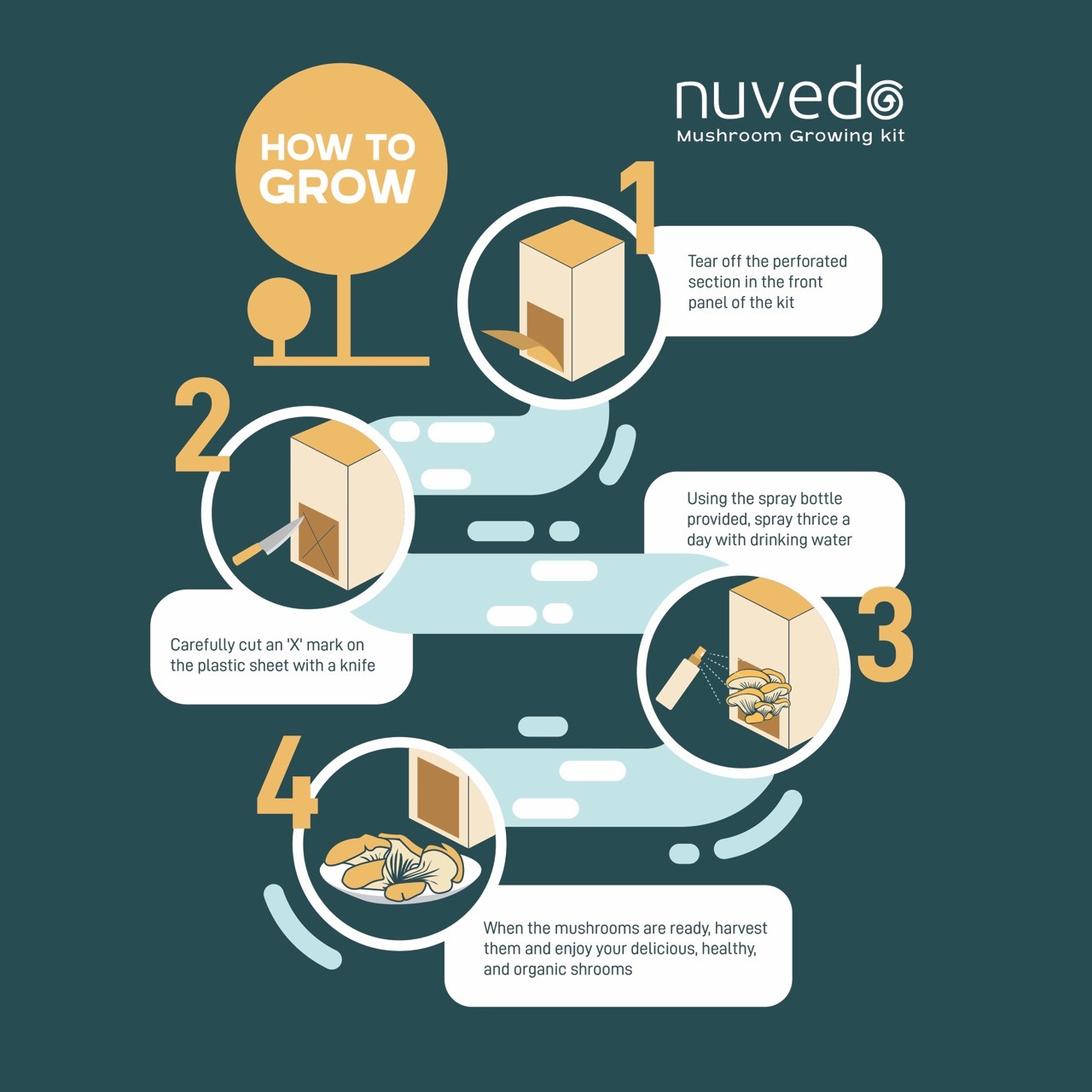

 It is mostly found growing from the sides of dead tree logs, which is also why you cut the side of the substrate block and not the top.
It is mostly found growing from the sides of dead tree logs, which is also why you cut the side of the substrate block and not the top. Let’s examine the three factors:
Let’s examine the three factors: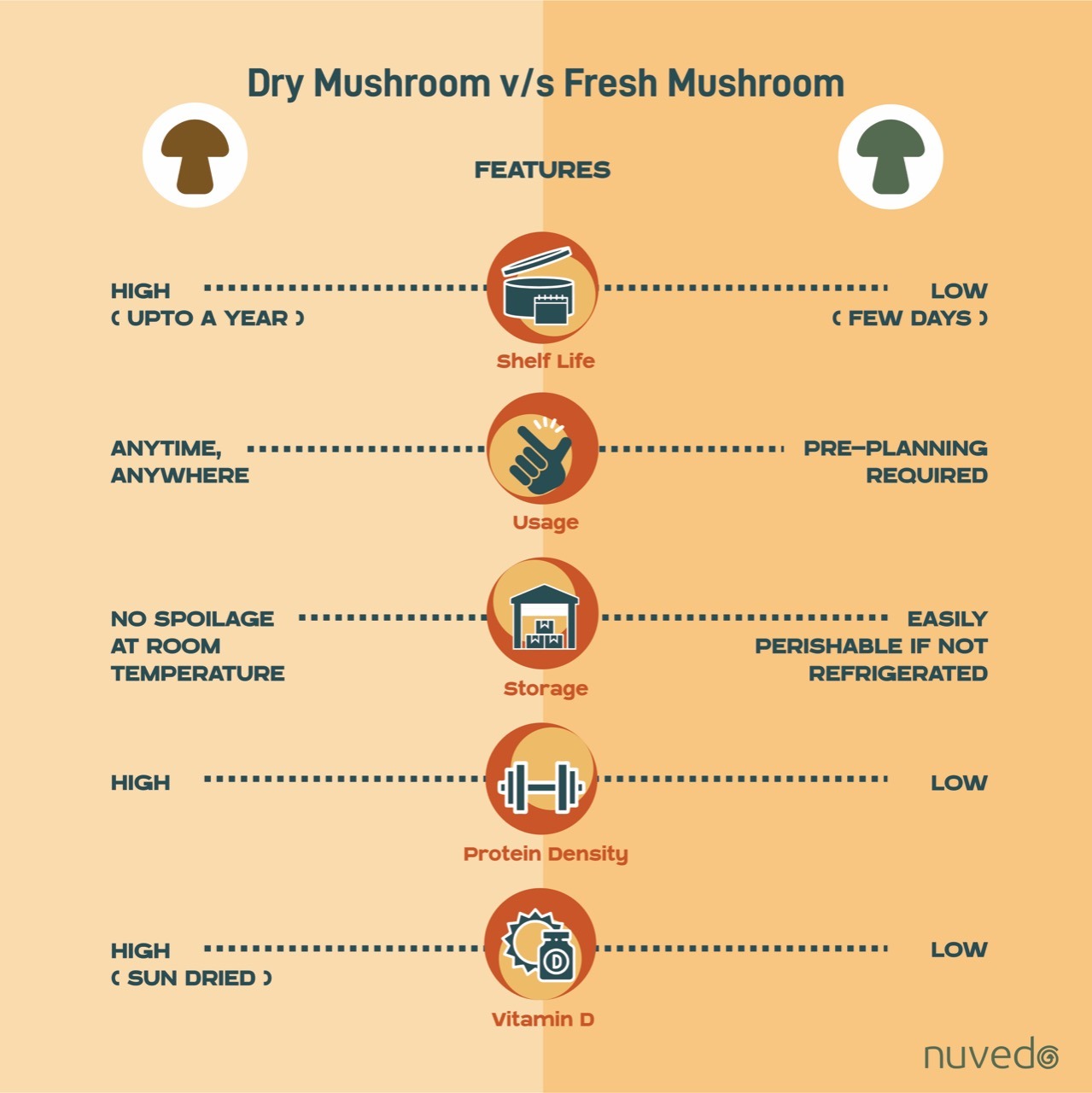




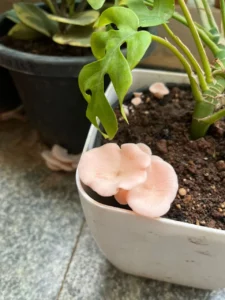

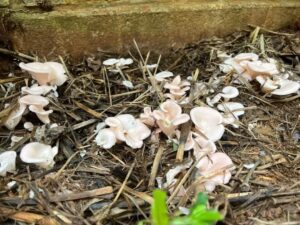

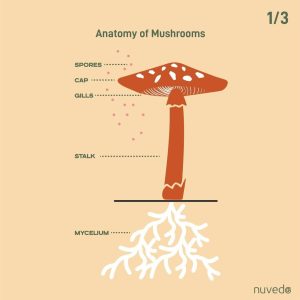 Spores represent the inherent potential in all of us as we set out in the world. As a spore is cast from the mushroom, it can travel far and wide in search of a suitable environment to set forth on its voyage to blossom into a fully grown mushroom. Once a spore experiences the right environmental triggers (some rare spores only germinate after a forest fire) biochemical changes within its dormant walls lead to the activation of genes that set the wheels of activity in motion. The tough outer walls of the spore give way to finger-like hyphae that spread in all directions in search of nutrients. The hyphae secrete proteins that break down complex organic matter into fuel for the growing fungus.
Spores represent the inherent potential in all of us as we set out in the world. As a spore is cast from the mushroom, it can travel far and wide in search of a suitable environment to set forth on its voyage to blossom into a fully grown mushroom. Once a spore experiences the right environmental triggers (some rare spores only germinate after a forest fire) biochemical changes within its dormant walls lead to the activation of genes that set the wheels of activity in motion. The tough outer walls of the spore give way to finger-like hyphae that spread in all directions in search of nutrients. The hyphae secrete proteins that break down complex organic matter into fuel for the growing fungus. As the fungus continues to thrive, hyphae elongate and divide, and branch. The branching network of interconnected hyphae is known as the mycelium. The mycelium weaves its way through the substrate sucking up all the nutrition it can find. Nutrition, however, is not all that the mycelium seeks. In order for the mycelium to blossom into a beautiful mushroom, it needs to find a very important compatriot. A mate.
As the fungus continues to thrive, hyphae elongate and divide, and branch. The branching network of interconnected hyphae is known as the mycelium. The mycelium weaves its way through the substrate sucking up all the nutrition it can find. Nutrition, however, is not all that the mycelium seeks. In order for the mycelium to blossom into a beautiful mushroom, it needs to find a very important compatriot. A mate.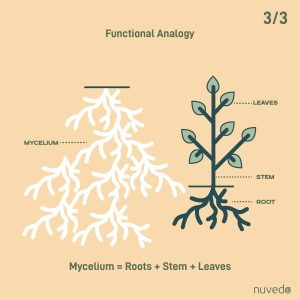 Fruiting Bodies Upon encountering favorable environmental conditions, the dikaryotic mycelium begins to sprout a fruiting body a.k.a. mushroom. The fruiting body is the main reproductive organ of the fungus and its primary purpose is the generation and dispersal of spores. The fruiting body marks an important stage in the life-cycle of the fungus and different fungi fruit in response to different conditions.
Fruiting Bodies Upon encountering favorable environmental conditions, the dikaryotic mycelium begins to sprout a fruiting body a.k.a. mushroom. The fruiting body is the main reproductive organ of the fungus and its primary purpose is the generation and dispersal of spores. The fruiting body marks an important stage in the life-cycle of the fungus and different fungi fruit in response to different conditions.
